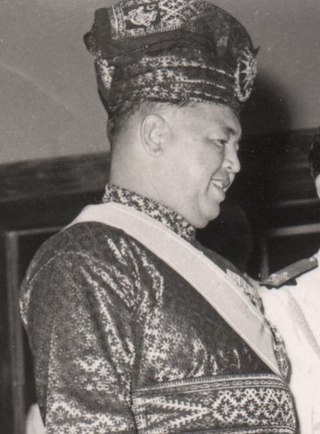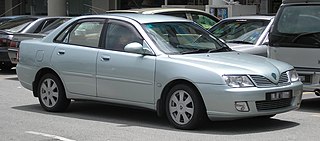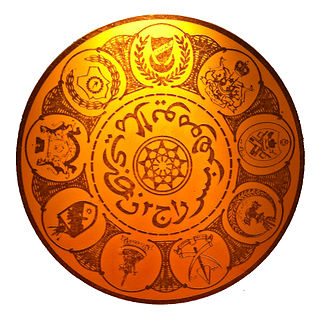| Raja of Perlis | |
|---|---|
State | |
| Incumbent | |
 | |
| Tuanku Syed Sirajuddin Jamalullail, Raja of Perlis since 17 April 2000 | |
| installation 7 May 2001 | |
| Details | |
| Style | His Royal Highness Highness |
| Heir apparent | Syed Faizuddin Putra Jamalullail |
| First monarch | Raja Syed Hussain Jamalullail |
| Formation | May 13, 1843 |
| Residence | Istana Arau, Arau |
| Jamalullail (Jamal Al-Layl) | |
|---|---|
 | |
| Parent house | Ba'Alawi of Hashim of Quraysh |
| Country | Malaysia |
| Founded | 1797 (Penghulu of Arau) 1843 (King of Perlis) |
| Founder | King Syed Hussain Jamalullail |
| Current head | Tuanku Syed Sirajuddin Jamalullail |
| Titles | His Royal Highness King of Perlis [1] |
| Estate(s) | Arau, Perlis [2] |
The Raja of Perlis is the constitutional monarch and head of state of the Malaysian state of Perlis. The royal house, known as the House of Jamalullail, has been the ruling house of Perlis since 1843. The current ruler, Tuanku Syed Sirajuddin, has been the Raja of Perlis since 2000.
Contents
- History
- Origins
- Establishment
- Succession dispute
- After World War II
- List of penghulus of Arau (1797–1843) and rajas of Perlis (1843–present)
- See also
- Notes
- References
- External links
It was founded in 1843 together with the formation of the state of Perlis as a monarchy, after the Sultan of Kedah, Ahmad Tajuddin Halim Shah II gave his endorsement to the Jamalullail family for the secession of Perlis from Kedah with the Jamalullail family as its hereditary rulers.
Before the House of Jamalullail ascended to rule as the Rajas of Perlis, the most prominent title in Perlis was the Raja Muda or Yang di-Pertuan Muda of Perlis and Kedah (crown prince of Perlis and Kedah), a title comparable to Prince of Wales within the United Kingdom. Sultan Dhiauddin II of Kedah who built Kota Indera Kayangan as his capital was honorifically titled as Raja Muda of Perlis and Kedah. [3] [4] He was titled as such in a treaty to cede Province Wellesley. [5]
The hereditary ruler of Perlis is also the head of its royal household. [1] Unlike most of the other Malaysian states with their own hereditary rulers which are accorded with the title of "sultan", the hereditary rulers of Perlis are accorded with the title of "raja". [6] As with other rulers from other states in Malaysia, the Raja of Perlis participate in the election of the Yang di-Pertuan Agong and is qualified to serve a five-year term as the Yang di-Pertuan Agong if elected. [7]










